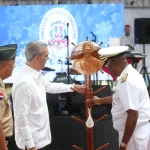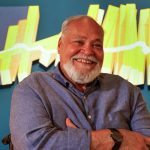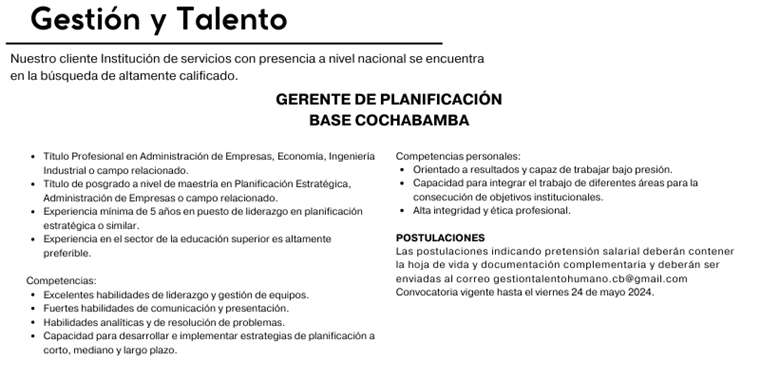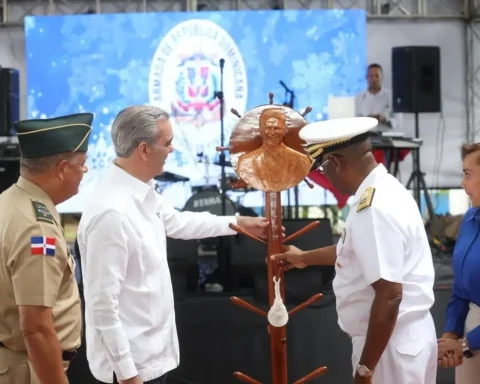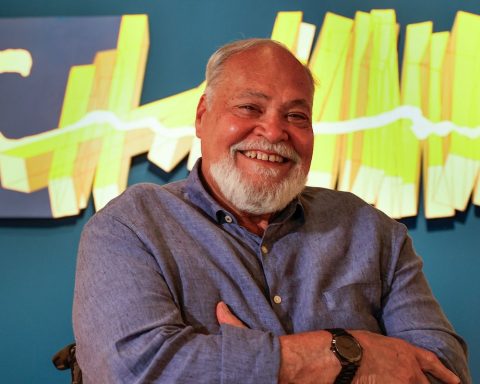The National Fund for the Elderly, organized by the National Service for the Elderly (SENAMA) in conjunction with the Ministry of Social Development and Family, is open for applications until May 24, 2024. This fund aims to distribute more than $4,400,000 among organizations made up of seniors. The purpose of this subsidy is to support projects designed and executed by these organizations, aimed at improving the quality of life and promoting the social integration of older people.
Organizations interested in participating must comply with three requirements basics: have a RUT, have current legal personality and ensure that all its members are people aged 60 or over. These requirements are essential to ensure that funds are distributed correctly and that beneficiary projects meet the program’s objectives.
To apply, organizations can do so through the official website of SENAMA or in person at the regional service coordinations. In both cases, they must complete the “Project Submission Form”. The projects presented must be aligned with at least one of the objectives established by SENAMA, which include improving the quality of life, strengthening the organization and collaboration between older people, and promoting social participation.

Among the specific objectives of the fund for those who meet the requirements They are found to contribute to the improvement of the quality of life, strengthen associations, promote social integration, and generate volunteer actions. In addition, it seeks to promote conditions of safety and protection in crisis contexts, promote preventive health and self-care habits, promote preventive actions against mental illnesses, and promote the rights of older persons according to the Inter-American Convention on the Protection of Rights. Humans of the Elderly.
Another relevant objective within SENAMA is to promote digital literacy among older people, reducing existing gaps and optimizing access to the country’s digital infrastructure. This aspect is crucial in an increasingly digitalized world, where technological inclusion can significantly improve the quality of life of older people.








